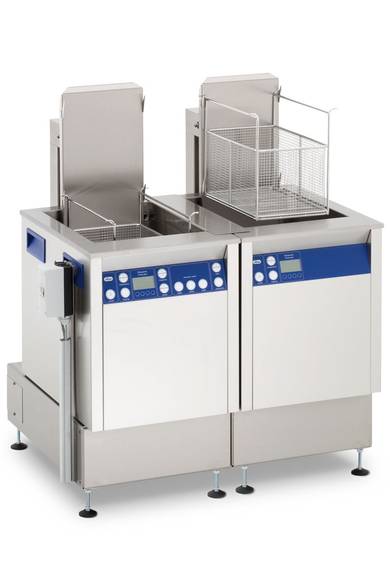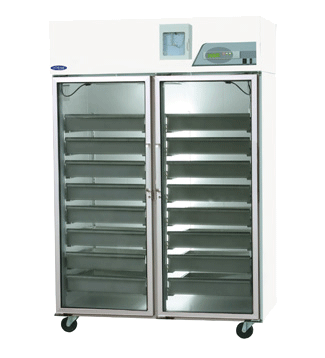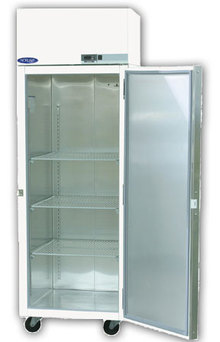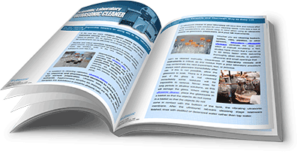Posts by Rachel Kohn
Boost Efficiency with an Ultrasonic Cleaner
Here’s a note from a Tovatech customer:
In my shop selecting the correct ultrasonic frequency to employ when operating the ultrasonic cleaner depends on the items being cleaned and what is being removed. Coarse cleaning to remove heavy contaminants is generally best performed at lower frequencies such as 37 kHz because it delivers stronger cavitation action. Fine cleaning requirements use higher frequencies such as 80 kHz to create smaller, relatively gentle cavitation bubbles that more easily penetrate blind holes, threads, tight crevices and tubes.
It’s not unusual for us to get jobs that call for both coarse and fine cleaning on the same part. Sure, there are dual-frequency cleaners out there but for the most part they require manually switching frequencies from one to the other. And there are other variables we need to take into account depending on the objects being cleaned, all of which require close attention on … Read the rest
Internal vs External Analytical Balance Calibration
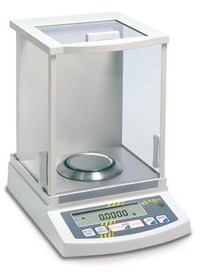
Calibration is a procedure intimately associated with analytical balances. Calibration determines the relationship between the displayed value and true mass by comparison with a known mass. In other words, calibration determines the accuracy of an analytical balance or precision scale.
Suppliers of analytical balances and precision scales such as Tovatech have sources that provide calibration services and certificates for newly purchased equipment. Good laboratory practices, good manufacturing practices as well as conformance to several published regulations call for regular recalibration of these instruments and adjusting them if required. To accommodate this manufacturers such as Kern offer analytical balances and precision scales with automatic internal calibration and adjustment (if needed) or external calibration and manual adjustment.… Read the rest
Get 20% Faster Cleaning with New Industrial Ultrasonic Cleaner
Companies offering contract ultrasonic cleaning services and those using an industrial ultrasonic cleaner as part of their ongoing operations know the importance of efficiency and throughput especially when thoroughly cleaned components are critical to quality control.
A technological breakthrough in ultrasonic cleaner design has been achieved by adding a precise ± 2 cm vertical oscillation of cleaning baskets – a process that improves ultrasonic cavitation action to near perfection. A feature of the new Flex Line of industrial ultrasonic cleaners from Tovatech, it provides 10% – 20% faster cleaning than conventional ultrasonic cleaners. Cleaning with vertical oscillation is more thorough than static cleaning and is preferred for precision cleaning applications where small areas of residual contamination are unacceptable and reduce manufacturing yields.… Read the rest
GLP Compliant Precision Scale for Recipe Weighing
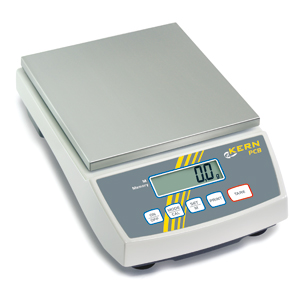
A sous chef exercising a bit of creativity when following a recipe for a dessert might discover a significant improvement in the final product. Or maybe not. Such creativity is to be fully avoided when compounding drugs or other products where strict control of ingredients is mandatory. A precision balance employed for the purpose of recipe weighing and record keeping is the tool of choice in applications where regulatory compliance and lab efficiency are goals.
Recipe weighing using precision scales such as the Kern PCB available from Tovatech also supports research in labs where technicians create and vary formulations while seeking to develop new or improved products.… Read the rest
Navigating Quality Management Systems
With continuous press reports on product recalls ranging from automobiles to pharmaceuticals to baby cribs, quality management (QM) takes on every greater importance for company management, its personnel, customers and shareholders regardless of size, product or service. The cost of product recalls in terms of lost revenues, reputation and lawsuits – let alone loss of life or health – presents a strong case for strong quality management systems in any company.
QM systems can be broadly divided into quality practices and quality standards. Learn which of these apply to your organization. Compliance procedures should be carefully spelled out in your company’s operation manual. Record-keeping is crucial. These must be maintained in a safe location and accessible by qualified third parties.
Some Examples of QM Practices
Here are some examples of QM practices. Detailed information on these and others is available on the Internet.… Read the rest
How to Choose Your Next Ultrasonic Cleaner – A Checklist
Ultrasonic cleaning is increasingly being used across a broad spectrum of industries thanks to the advent of biodegradable cleaning solutions and the development of vastly improved ultrasonic cleaning equipment. No other cleaning method is as fast and as efficient as ultrasonic cavitation for removing any and all contaminants from parts or assemblies, regardless of the complexity of configuration.
Ultrasonic cleaners range from small tabletop units for cleaning jewelry and eyewear to custom multi-step automated assembly lines such as used for cleaning mobile thin film transistor (TFT) liquid crystal displays for mass production.
At Tovatech we are delighted to help customers and prospects decide on which ultrasonic cleaner and what ultrasonic cleaning solution best matches their ultrasonic cleaning requirements. With the wide variety of sizes and features available today there is sure to be an ultrasonic cleaner and process that suits users’ requirements to a “T.”
To help make the selection, … Read the rest
How to Choose a Blood Bank Refrigerator
Calls for blood donors often intensify after local or regional disasters as public safety responders and healthcare facilities seek additional supplies from local blood banks. A blood bank refrigerator performs an important function in maintaining the safety of blood according to regulations by the Food and Drug Administration’s (FDA) Center for Biologics Evaluation and Research (CBER). Other standards organizations include the American Association of Blood Banks (ABBA) and the American Red Cross.
Section (h) of the FDA’s 21CFR640.4 relates to the storage of blood immediately following collection. It states that unless the blood is to be used for platelets it should be placed in storage at temperatures of 1 to 6˚C (39 to 43˚F).
How to Prepare a Sample for a Moisture Analyzer
Moisture content in a wide variety of products is an essential indicator of product quality – so essential that in many cases moisture content is regulated by government authorities. Google “moisture content regulations” and see for yourself. A useful if not essential tool to comply with these regulations is a moisture analyzer or moisture balance.
Elegant in design and simple in principle, a moisture analyzer replaces cumbersome drying ovens with a halogen heater mounted on a precision scale. The difference in sample weight before and after drying determines the moisture content of what is being tested. But while the principle is simple, correctly operating a moisture balance requires careful sample preparation and programming consistent with the product being analyzed.… Read the rest
How to Choose an Enzyme Storage Lab Freezer
Enzymes are the catalysts of the biochemical reactions that comprise metabolism; they do their job without changing themselves in the process. Enzymes are responsible for bringing about almost all of the chemical reactions in living organisms. Without enzymes, these reactions take place at a rate far too slow for the pace of metabolism.*
Enzymes being studied by researchers must be stored in a enzyme freezer at temperatures in the region of -10 to -25˚C (+14 to -13˚F). When stored at higher temperatures enzymes gradually denature and lose catalytic activity. Proper storage conditions are essential to ensure that the enzymatic activity on the label is indeed the activity inside the bottle. I have many not so fond memories of failed experiments in graduate school because the rather costly purified enzyme suspensions failed to perform as expected, all due to inadequate storage.… Read the rest
Moisture Analyzer for Injection Molded Plastics
Today virtually all aspects of our lives are touched by injection molded plastics. These versatile plastic resins in a variety of formulations perform in products ranging from toothbrushes to automotive consoles to minute surgical implants. Because the moisture content of these plastics is so critical to performance, a moisture analyzer is an essential tool to ensure materials are within specification.
What is too wet or too dry?
Ascertaining the correct moisture content for a resin depends on what is being molded and the plastic employed. For example, a polymer manufacturer may state that the product being offered has a moisture content of 0.20 percent by weight or 2,000 parts per million. But atmospheric conditions, humidity and other factors may cause a change, especially if the product is hygroscopic or accumulates moisture on its surface due to adsorption. Similarly, storage in areas with very low relative humidity could result in lowering … Read the rest
